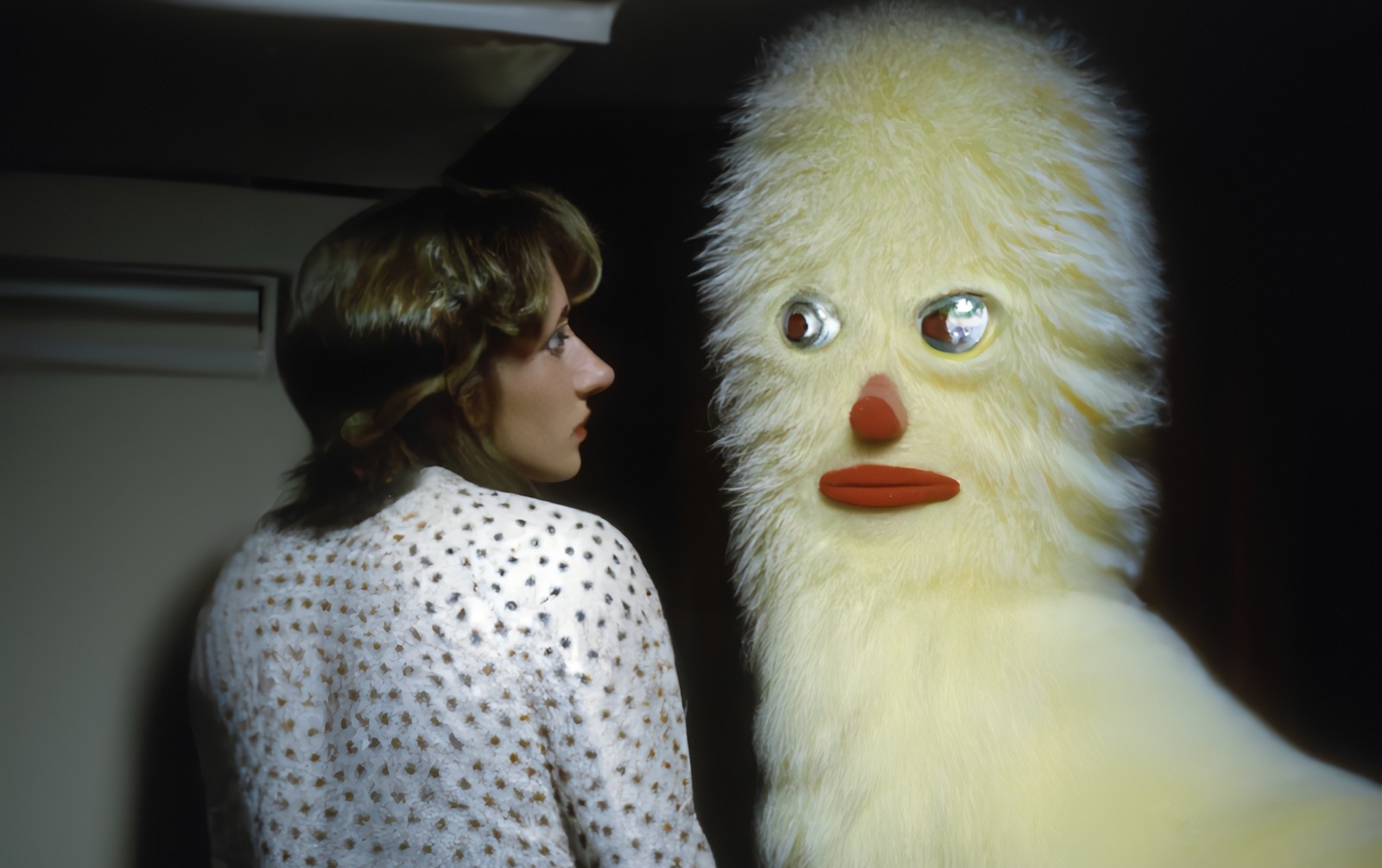“I was kind of jealous of the AI at first,” she admits. “It’s doing this thing that we want to do as painters. But I was really amazed at how it created images that were a mix of figurative and abstract.”
Frey soon created a second Instagram account, called @sentientmuppetfactory, devoted to new works enabled by AI tools like DALL-E 2. The account quickly ballooned to more than 100,000 followers, with Sam Smith, Cat Power, Darren Aronofsky, Noel Fielding, actress-comedian Patti Harrison and fellow artists like Daniel Popper and Ketnipz among them.
“It's been surreal gaining the attention of artists and musicians I respect,” says Frey. “As a working artist, that's sort of a dream, but when it’s for a side project that I started on a lark, it's a bit strange. I’ve enjoyed the attention, but I did feel a bit of a pressure to keep going with it rather than commit to the practice I’d been focusing on for years.”
‘Wanting to toe this line between the beautiful and grotesque’
Body distortion, her own included, is an important part of Frey’s work (she refers to it as “light body horror”). When a friend asked if her watercolour and video images were self-portraits, it was revelatory.
“Even if they’re not literally depicting me, there’s a lot of myself in them, and this sense of awkwardness of having a body in society,” Frey observes. “A lot of my work is wanting to toe this line between the beautiful and grotesque.”
 Beth Frey's Untitled (2022), was created with AI tool DALL-E 2.
Beth Frey's Untitled (2022), was created with AI tool DALL-E 2.
 Visual artist and Concordia grad Beth Frey in her Mexico City studio
Visual artist and Concordia grad Beth Frey in her Mexico City studio
 Singer-songwriter Róisín Murphy's Hit Parade album cover art was created by Beth Frey.
Singer-songwriter Róisín Murphy's Hit Parade album cover art was created by Beth Frey.